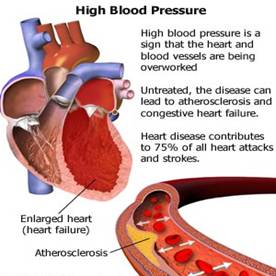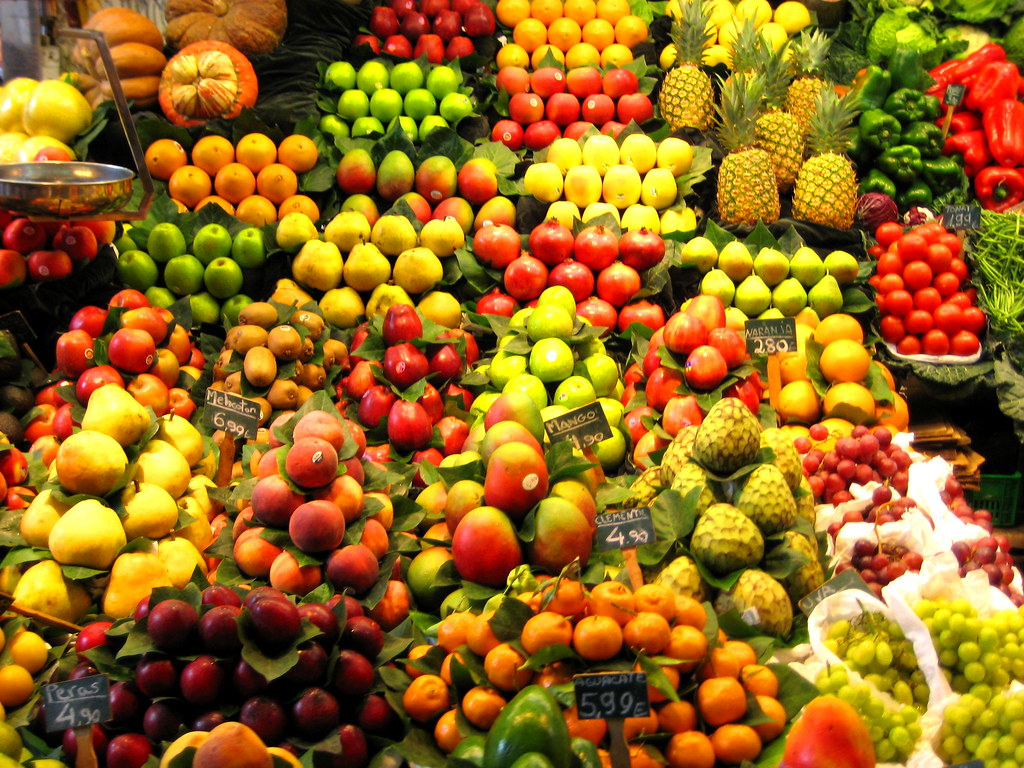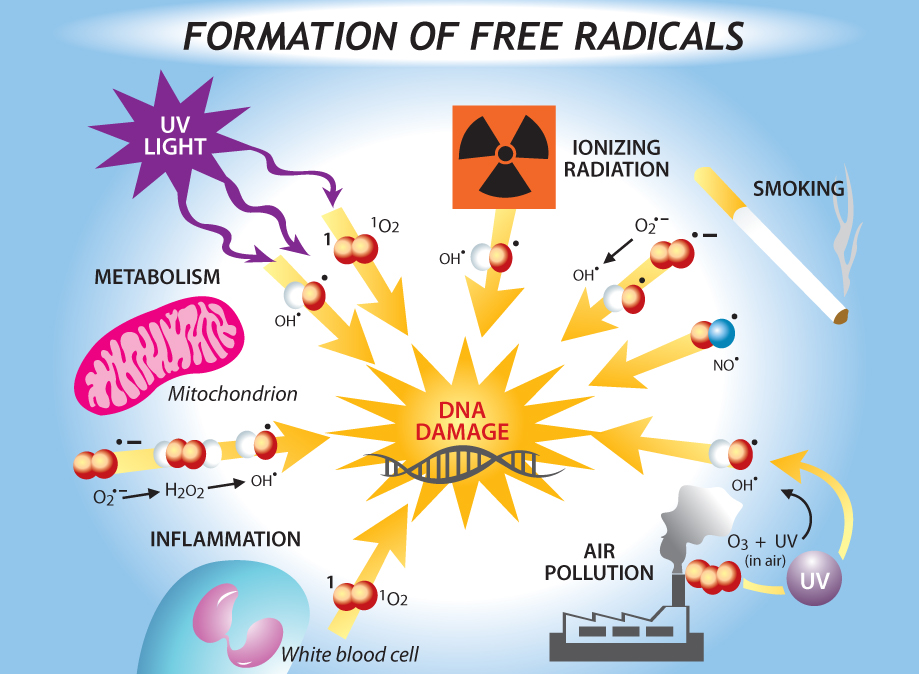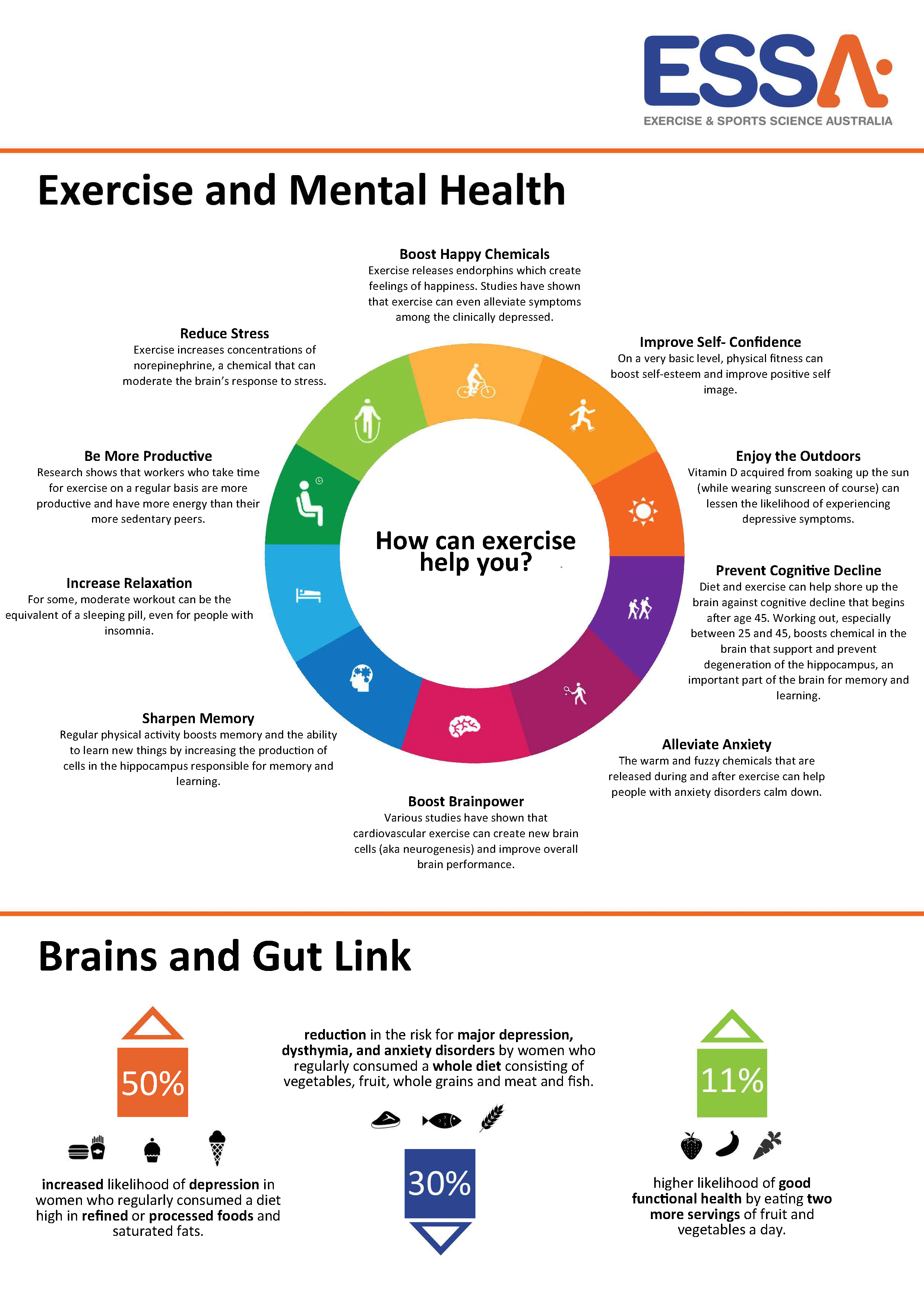There are many advocates of Stevia who make claims about its wonderful health benefits. On the other side there are plenty of people who are suspicious of this new superfood. But... what does the science say? Keep reading to discover the truth and myths of stevia.
Stevia is a plant, native to Brazil and
Paraguay, whose steviol glycosides are about 250-300 times sweeter than sugar. The
stevia leaves contain some vitamins, including A, B, and C; minerals, such as
iron, zinc, calcium, magnesium, sodium and potassium, proteins, fiber and other
elements.
There are a number of diseases affected by
stevia:
DIABETES
A 2000 study concluded that rebaudioside A can
stimulate insulin production, and thus be useful in the treatment of type 2
diabetes mellitus.
A 2008 study of 122 humans revealed that
long-term use of rebaudioside A does not affect blood glucose levels or blood
pressure in type 2 diabetics. That same year, another study reached the same
conclusion when 72 people, healthy or with type 1 or 2 diabetes, consumed 250
mg of steviol glycosides 3 times per day for 3 months without altering blood
glucose levels.
Aqueous stevia extracts, not the commercial kind, have been
shown to increase glucose tolerance and decrease blood glucose in healthy
individuals. Likewise, 91 mg of orally taken stevioside with a meal lowered
blood glucose and glucagon in type 2 diabetics.
Moreover, stevioside and
steviol stimulate pancreatic β-cells to secrete insulin and, therefore, may be beneficial to
counteract high levels of blood glucose in the treatment of type 2 diabetics.
 |
| epimigrant.eu |
The fact that it has no calories and does
not increase blood glucose or trigger an insulin response may be due to the
fact that steviol glycosides pass through most of the gastrointestinal tract
unchanged. It is not until they reach the colon when the gut flora break down
steviol glycosides into steviol and glucose units. The former is metabolized by
the liver and excreted through the urine, leaving no accumulation of any
byproduct of stevia.
BLOOD PRESSURE
 |
| agritech.tnau.ac.in |
Of outmost importance is a 2006 study that suggested
that isosteviol inhibits angiotensin-II and endothelin-1. The former is a
substance your body naturally creates that narrows your blood vessels, leading
to hypertension. The latter is a gen whose expression creates a vasoconstrictor
and can even be a carcinogen. Therefore, isosteviol may have beneficial effects
on the cardiovascular system and prevent tumorigenesis.
In humans, the effects of stevioside on
blood pressure are controversial. Several studies showed that rebaudioside A has
no effect on blood pressure in patients with normal and high blood pressure.
However, another study showed that patients with hypertension could decrease
both their systolic and diastolic blood pressure by consuming 250 mg of stevioside
3 times daily for 1 year. Yet another study found no effect on blood pressure
when administering a high dose of stevioside for 6 weeks.
ANTIBACTERIAL, ANTIFUNGAL AND ANTIVIRAL
IMMUNOMODULATOR
Stevioside has been shown to enhance the
immune system response and to decrease inflammation both in cells and mice,
treated and not treated with an immunosuppressive drug.
ANTICANCER AND ANTIOXIDANT PROPERTIES
A 2002 mice study indicated that stevioside,
rebaudiosides A and C, and dulcoside A significantly
inhibit inflammation, contain anti-tumor effects, pose no risk to diabetics and
did not produce any abnormality. There are other studies which showed the same
anticancer effect.
 |
| flavonjamblog.files.wordpress.com |
A few months ago, steviolbioside was found
to effectively suppress human hepatic, breast and pancreatic cancer cells. The
study concluded that the remarkable inhibition of breast carcinogenesis ''makes
steviolbioside a potential remedy for human breast cancer''.
Stevia contains a substantial number of triterpenes,
polyphenols, flavonoids, and tannins, all antioxidant compounds. Some of its
flavonoids include kaempferol, quercetin, apigenin, chlorogenic acid, caffeic
acid, luteolin, isoquercitrin, and isosteviol, which are even commercialized as
health supplements.
Moreover, kaempferol has been shown to reduce pancreatic
cancer by 23%.
Given its considerable antioxidant potential, stevia protects
against DNA damage, free radicals and all the issues caused by them.
PREGNANCY
Rebaudioside A has been tested in rats for
2 generations and had no effects on gestation lengths or growth.
BUT... IS IT TOXIC?
In 1991, stevia was banned due to concerns
that it might cause cancer. Four years later you could buy it as a food
supplement and, in 2008, it was “Generally Recognized as Safe” (GRAS) and the Acceptable
Daily Intake (ADI) was set at 4 mg of steviol per kg of body weight, thanks to
corporate sponsoring. Now you can buy Coca Cola’s Truvia, Pepsi’s PureVia, or
Wisdom Natural Brand’s SweetLeaf everywhere.
 |
| prweb.com |
 |
| equalpurevia.com |
 |
| foodnavigator-usa.com |
In 1996, a Japanese study found that stevioside
was transformed by gut bacteria into a toxic compound, steviol, which is highly
mutagenic. However, a 2010 study indicated that PROVIDED you stay within the
ADI, this will not have any effect on your health.
On the other hand, there are plenty of
studies which show that it is not genotoxic or mutagenic, neither in vitro or
in vivo, in acute or chronic administration, in males or females, in low or
extremely high doses.
CONCLUSION
As a general rule of thumb, the more whole
plant foods you eat, the better. If sometimes you feel like adding an extra
sweetness to your meal, I would opt for Stevia as it is calorie free, natural,
nontoxic and even provides some health benefits.
 |
| flickr.com |
With that being said, there is a food you
can eat everyday to satisfy your sweet tooth: FRUITS! They are the most tasty,
nutritious, health-promoting, hydrating food you could ever eat!
References
Abudula, Reziwanggu, Per Bendix Jeppesen,
Stig Eric D. Rolfsen, Jianzhong Xiao, and Kjeld Hermansen. "Rebaudioside A
Potently Stimulates Insulin Secretion from Isolated Mouse Islets: Studies on
the Dose-, Glucose-, and Calcium-dependency." Metabolism 53.10 (2004):
1378-381. Web. 7 Jan. 2016.
Barriocanal LA, Palacios M, Benitez G, et
al. Apparent lack of pharmacological effect of steviol glycosides used as
sweeteners in humans. A pilot study of repeated exposures in some normotensive
and hypotensive individuals and in type 1 and type 2 diabetics. Regul Toxicol
Pharmacol . 2008:51(1);37-41.
Boonkaewwan C, Toskulkao C, Vongsakul M.
Anti-inflammatory and immunomodulatory activities of stevioside and its
metabolite steviol on THP-1 cells. J Agric Food Chem . 2006;54(3):785-789.
Boonkaewwan C, Ao M, Toskulkao C, Rao MC.
Specific immunomodulatory and secretory activities of stevioside and steviol in
intestinal cells. J Agric Food Chem . 2008;56(10):3777-3784.
Chan P, Tomlinson B, Chen YJ, Liu JC, Hsieh
MH, Cheng JT. A double-blind placebo-controlled study of the effectiveness and
tolerability of oral stevioside in human hypertension. Br J Clin Pharmacol .
2000;50(3):215-220.
Chen, Jun-Ming, Li Ding, Xiao-Chen Sui,
Yong-Mei Xia, Hui-Da Wan, and Tong Lu. "Production of a Bioactive
Sweetener Steviolbioside via Specific Hydrolyzing Ester Linkage of Stevioside
with a β-galactosidase." Food Chemistry 196 (2015): 155-60. Web. 9 Jan.
2016.
Curi R, Alvarez M, Bazotte RB, Botion LM,
Godoy JL, Bracht A. Effect of Stevia rebaudiana on glucose tolerance in normal
adult humans. Braz J Med Biol Res . 1986;19(6):771-774.
Curry LL, Roberts A, Brown N. Rebaudioside
A: two-generation reproductive toxicity study in rats. Food Chem Toxicol .
2008;46(suppl 7):S21-S30.
Dyrskog SE, Jeppensen PB, Colombo M,
Abudula R, Hermansen K. Preventative effects of a soy-based diet supplemented
with stevioside on the development of the metabolic syndrome and type 2
diabetes in Zucker diabetic fatty rats. Metabolism . 2005;54(9):1181-1188.
Dyrskog SE, Jeppensen PB, Chen J,
Christensen LP, Hermansen K. The diterpene glycoside, rebaudioside A, does not
improve glycemic control or affect blood pressure after eight weeks treatment
in the Goto-Kakizaki rat. Rev Diabet Stud . 2005;2(2):84-91.
Ferri LA,
Alves-Do-Prado W, Yamada SS, Gazola S, Batista MR, Bazotte RB. Investigation of the antihypertensive effect of oral crude
stevioside in patients with mild essential hypertension. Phytother Res .
2006;20(9):732-736.
Ghanta S, Banerjee A, Poddar A,
Chattopadhyay S. Oxidative DNA damage preventative activity and antioxidant
potential of Stevia rebaudiana (Bertoni) Bertoni, a natural sweetener. J Agric
Food Chem . 2007;55(26):10962-10967.
Gregersen S, Jeppesen PB, Holst JJ,
Hermansen K. Antihyperglycemic effects of stevioside in type 2 diabetic
subjects. Metabolism . 2004:53(1):73-76.
Jacobson, Michael F. "FDA Issues
Midnight Go-ahead for Potentially Harmful Stevia Sweetener." Center for
Science in the Public Interest. 18 Dec. 2008. Web. 9 Jan. 2016.
Jeppesen, P.b., S. Gregersen, C.r. Poulsen,
and K. Hermansen. "Stevioside Acts Directly on Pancreatic β Cells to
Secrete Insulin: Actions Independent of Cyclic Adenosine Monophosphate and
Adenosine Triphosphate—sensitivie K -channel Activity." Metabolism 49.2
(2002): 208-14. Web. 7 Jan. 2016.
Klongpanichpak S, Temcharoen P, Toskulkao
C, Apibal S, Glinsukon T. Lack of mutagenicity of stevioside and steviol in
Salmonella typhimurium TA 98 and TA 100. J Med Assoc Thai . 1997;80(suppl
1):S121-S128.
Lailerd N, Saengsirisuwan V, Sloniger JA,
Toskulkao C, Henriksen EJ. Effects of stevioside on glucose transport activity
in insulin-sensitive and insulin-resistant rat skeletal muscle. Metabolism .
2004:53(1):101-107.
Liu JC, Kao PK, Chan P, et al. Mechanism of
the antihypertensive effect of stevioside in anesthetized dogs. Pharmacology .
2003;67(1):14-20.
Maki KC, Curry LL, Carakostas MC, et al.
The hemodynamic effects of rebaudioside A in healthy adults with normal and
low-normal blood pressure. Food Chem Toxicol . 2008;46(suppl 7):S40-S46.
Maki KC, Curry LL, Reeves MS, et al.
Chronic consumption of rebaudioside A, a steviol glycoside, in men and women
with type 2 diabetes mellitus. Food Chem Toxicol . 2008:46(suppl 7):S47-S53.
Matsui M, Matsui K, Kawasaki Y, et al.
Evaluation of the genotoxicity of stevioside and steviol using six in vitro and
one in vivo mutagenicity assays. Mutagenesis . 1996;11(6):573-579.
Melis MS. A crude extract of Stevia
rebaudiana increases the renal plasma flow of normal and hypertensive rats.
Braz J Med Biol Res . 1996;29(5):669-675.
Melis MS, Sainati AR. Effect of calcium and
verapamil on renal function of rats during treatment with stevioside. J
Ethnopharmacol . 1991;33(3):257-262.
Melis MS. Chronic administration of aqueous
extract of Stevia rebaudiana in rats: renal effects. J Ethnopharmacol .
1995;47(3):129-134.
Muth, Natalie D. "The Truth About
Stevia—The So-called "Healthy" Alternative Sweetener." The
American Council on Exercise. 1 Sept. 2011. Web.
Nichols, Hannah. "What is stevia? What
are the health benefits of stevia?." Medical News Today. MediLexicon,
Intl., 29 Dec. 2014. Web. 9
Jan. 2016.
Nikiforov AI, Eapen
AK. A 90-day oral (dietary) toxicity study of rebaudioside A in Sprague-Dawley
rats. Int J Toxicol .
2008;27(1):65-80.
Oliveira-Filho
RM, Uehara OA, Minetti CA, Valle LB. Chronic administration of aqueous extract of Stevia rebaudiana (Bert.) Bertoni in rats: endocrine effects. Gen
Pharmacol . 1989;20(2):187-191.
Pezzuto JM, Compadre CM, Swanson SM,
Nanayakkara D, Kinghorn AD. Metabolically activated steviol, the aglycone of
stevioside, is mutagenic. Proc Natl Acad Sci U S A . 1985;82(8):2478-2482.
Pezzuto JM, Nanayakkara NP, Compadre CM, et
al. Characterization of bacterial mutagenicity mediated by
13-hydroxy-ent-kaurenoic acid (steviol) and several structurally-related
derivatives and evaluation of potential to induce glutathione S-transferase in
mice. Mutat Res . 1986;169(3):93-103.
Pinheiro CE, de
Oliveira SS, da Silva SM, Poletto MI, Pinheiro CF. Effect
of guaraná and Stévia rebaudiana Bertoni (leaves) extracts, and stevioside, on
the fermentation and synthesis of extracellular insoluble polysaccharides of
dental plaque [in Portuguese]. Rev Odontol Univ Sao Paulo . 1987;1(4):9-13.
Sehar I, Kaul A, Bani S, Pal HC, Saxena AK.
Immune up regulatory response of a non-caloric natural sweetener, stevioside.
Chem Biol Interact . 2008;173(2):115-121.
Suttajit M, Vinitketkaumnuen U, Meevatee U,
Buddhasukh D. Mutagenicity and human chromosomal effect of stevioside, a
sweetener from Stevia rebaudiana Bertoni. Environ Health Perspect .
1993;101(suppl 3):53-56.
Takahashi K, Matsuda M, Ohashi K, et al. Analysis of anti-rotavirus activity of extract
from Stevia rebaudiana . Antiviral
Res . 2001;49(1):15-24.
Tomita T, Sato N,
Arai T, et al. Bactericidal activity of a fermented
hot-water extract from Stevia rebaudiana Bertoni towards enterohemorrhagic
Escherichia coli O157:H7 and other food-borne pathogenic bacteria. Microbiol
Immunol . 1997;41(12):1005-1009.
White JR Jr, Kramer J, Campbell RK,
Bernstein R. Oral use of a topical preparation containing an extract of Stevia
rebaudiana and the chrysanthemum flower in the management of hyperglycemia.
Diabetes Care . 1994;17(8):940.
Wong K, Lin JW, Liu JC, et al.
Antiproliferative effect of isosteviol on angiotensin-II-treated rat aortic
smooth muscle cells. Pharmacology . 2006;76(4):163-169.
Yasukawa, Ken, Susumu Kitanaka, and Shujiro
Seo. "Inhibitory Effect of Stevioside on Tumor Promotion by
12-O-Tetradecanoylphorbol-13-acetate in Two-Stage Carcinogenesis in Mouse
Skin." Biol. Pharm. Bull. Biological & Pharmaceutical Bulletin 25.11
(2002): 1488-490. Web. 9 Jan. 2016.
Yamamoto NS, Kelmer Bracht AM, Ishii EL,
Kemmelmeier FS, Alvarez M, Bracht A. Effect of steviol and its structural
analogues on glucose production and oxygen uptake in rat renal tubules. Experientia
. 1985;41(1):55-57.
Yasukawa K, Kitanaka S, Seo S. Inhibitory
effect of stevioside on tumor promotion by 12-O-tetradecanoylphorbol-13-acetate
in two-stage carcinogenesis in mouse skin. Biol Pharm Bull .
2002;25(11):1488-1490.
Yodyingyuad V, Bunyawong S. Effect of
stevioside on growth and reproduction. Hum Reprod . 1991;6(1):158-165.




.png)

















